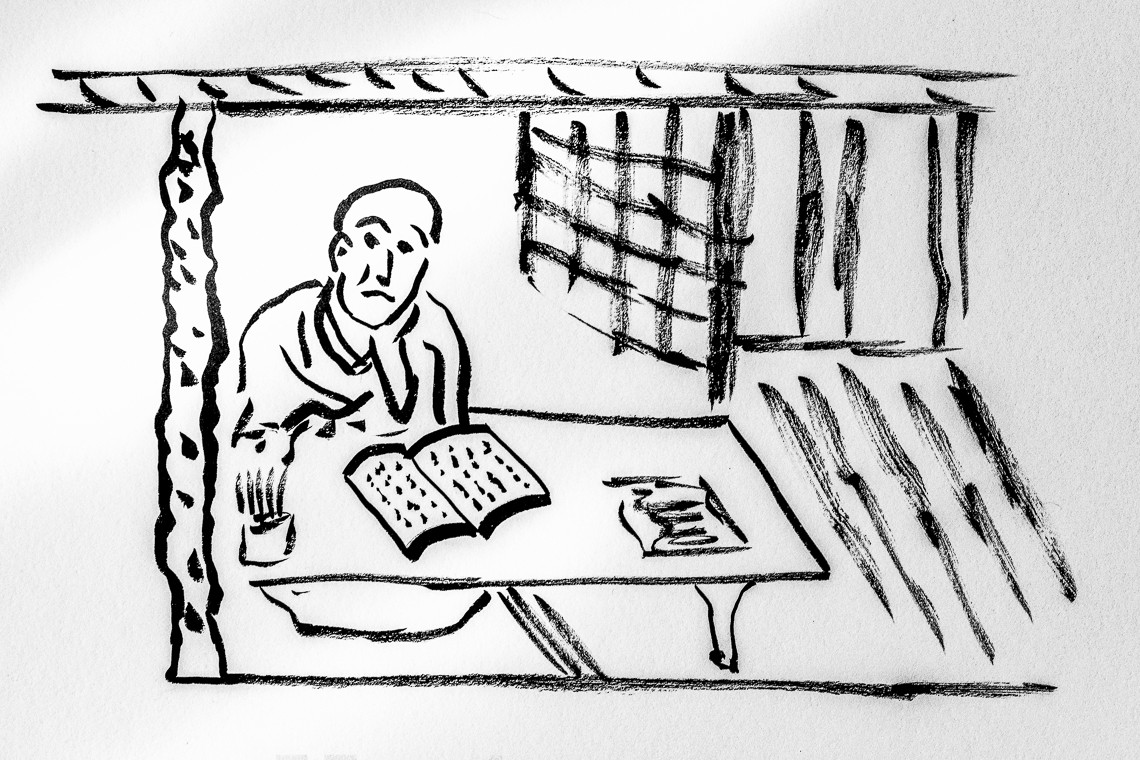Lessons From A 14th Century Blogger
A 14th century Japanese writer, Yoshida Kenkō, was a master of observing life and could teach today’s bloggers a thing or two as well
Yoshida Kenkō was born around 1283 and became an officer in Japan’s Imperial palace. Sometime around his 40th birthday, for reasons that are uncertain but perhaps related to the death of Emperor Go-Daigo, he chose to become a Buddhist monk.
Although he wrote poetry, Kenkō is best remembered for his Tsurezuregusa, a collection of short essays that was published after his death. The Tsurezuregusa of Kenkō is usually translated in English as Essays In Idleness, it could also be translated as Notes Written From Leisure Time..
This 14th century Buddhist Monk has become my guiding light when it comes to blogging.
“What a strange, demented feeling it gives me when I realise I have spent whole days before this inkstand, with nothing better to do, jotting down at random whatever nonsensical thoughts have entered my head.”
Kenkō
Kenkō’s Blogposts
The essays in The Tsurezuregusa (there are 243) are quite short. Some are a few hundred words, though most are closer to a hundred words and a few are less than 40. At first they seem random, as Kenkō suggests, observations about the imperial court, mixed with notes about the natural seasons, opinions on religious matters and somewhat gossipy stories about romance.
But, after a while, it becomes clear that Kenkō has some themes he’s trying to explore. True to his Buddhist journey, there’s an obsession with impermanence, but he’s also curious to explore aesthetics, architecture, tradition, and human behaviour. Sometimes he tells detailed stories about things that happened at the Imperial Court, sometimes he jots down the shortest of notes on seasons or artists. Almost always he does so with spectacular wit.
“It is most agreeable when a visitor comes without business, talks pleasantly for a while, then leaves. I am extremely pleased too when I receive a letter saying merely, “I am writing because It’s been such a long time.”
Kenkō
Writing With Sentiment And Sincerity
There’s a deeply appealing crispness to Kenkō’s writing. Although he was writing nearly 800 years ago, and often about experiences and customs that are distantly removed from our modern life, there’s a freshness to the way he describes things, and a vulnerable, quality to this thoughts. Some have called Kenkō work a journal, but he seems to writing for an audience, not just for himself.
In a lot of ways The Tsurezuregusa is like a really, really good blog!
It feels providential to stumble upon The Tsurezuregusa at a time when I’m trying to make my own writing more sincere and unadorned. One of Kenkō’s themes is the importance of not thinking yourself wiser, smarter or better than anyone else and communicated your messages with clarity and sincerity.
In an interview David Foster Wallace lamented the way his generation of writers lived in fear of being seen as naîve or sentimental. Wallace felt this produced a popular culture weighed down by irony and cynicism. Today’s snark-laden internet culture feels like the end-product of that process.
Kenkō manages to communicate to us over an 800 year chasm largely because of his naivety and sentimentality. Although he’s writing in the 14th century, he pines for an older, more genteel Japan. He admits to often not understanding things, or trying to grapple with the most basic understanding of them. And his advice on good writing often feels like the exact opposite of the way so much communication happens today, in our age of influencers and thought leaders.
“All mistakes originate with people’s acting like experts thoroughly familiar with a subject, and looking down with an air of superiority on others.”
Kenkō
On Following a 14th Century Blogging Guide
So, I’m taking this 14th Century Japanese Monk as my blogging guide. Is this a good content strategy? No, of course not. Will it get me more followers? I don’t care.
I want my blog to feel again like it comes from somewhere, like it follows the seasons, like it’s fun to write (and hopefully fun to read). I want to explore some themes, but I don’t want to be weighed down by that compulsion to make every blogpost into a perfect little essay, with a clearly delivered message. I want to share my naïveté, because there is still so much I don’t know, and share my sentimentality, because the things that move me, really do matter, and I’m sure they move others as well.
“The unmelted snow lying in the shade, north of the house was frozen hard, and even the shafts of a carriage drawn up there glittered with frost. The dawn moon shone clear, but its light was not penetrating. In the corridor of a deserted temple a man of obvious distinction sat beside a woman on a doorsill, chatting. Whatever it was they were discussing there seemed no danger they would run out of things to say. The woman had a charming manner of tilting her head towards the man, and I caught an occasional, enchanting whiff of some exquisite perfume. The scars of their conversation reaching me made me long to hear the rest.”
Kenkō





